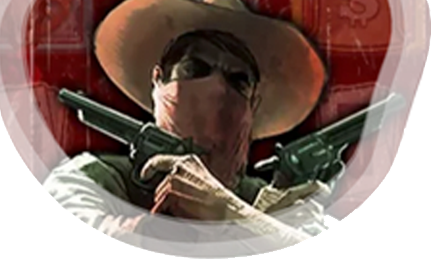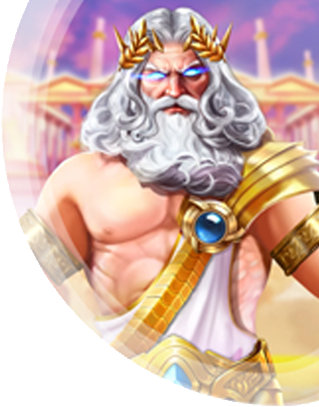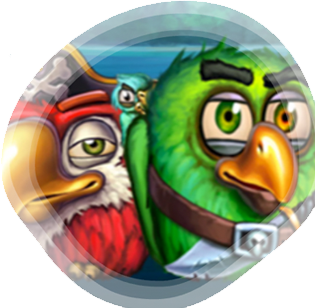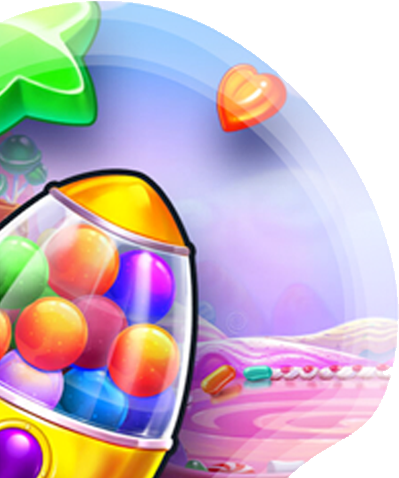June 23, 2021
What Is the 3-Card Monte?
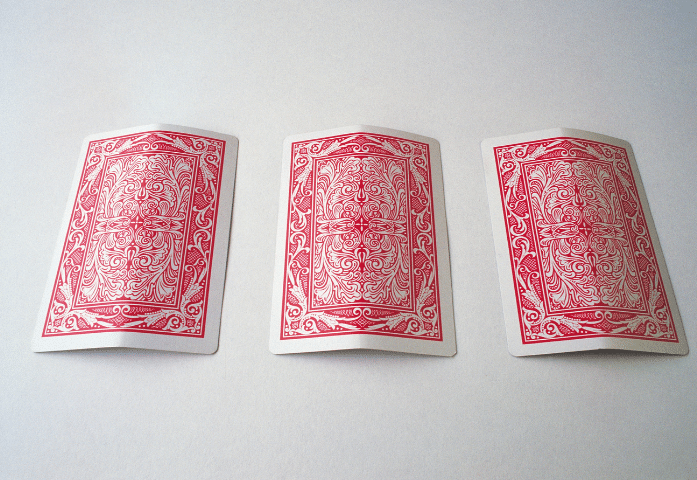
Think you have what it takes to win the Three-Card Monte? Learn more about this seemingly simple game and why you might be better off sticking to a game like roulette.
You’re walking down the street in Atlantic City and you spot a small crowd around a guy doing card tricks. After taking bets from eager onlookers, he shuffles the cards around and, right under everyone’s noses, throws them off the scent of the winning card. Sound familiar? Because this trick, called the Three-Card Monte, has seen even the keenest gamblers lose out.
Here’s what you need to know about this unassuming gamble that could have you going cross-eyed.
What’s the Three-Card Monte?
The Three-Card Monte, or 3-Card Monte, is a card trick/gambling game where a dealer shuffles three cards, two of which are identical, and a player bets that they can find the winning “money card.” But the crux of this confidence game — better known as a “con” or even “scam” — is the dealer’s ability to distract betting players with good, ol’ fashioned sleight of hand so the player follows — and picks — the wrong card, losing their cash.
You may also know this sneaky game as, simply, the “Three-Card Trick” or even “Find the Lady” because in many cases, dealers use the Queen of Hearts as the money card. Dealers may also use an Ace of Spades as the money card since it’s considered lucky in some cultures, but don’t let that fool you. This game is not about luck, even if it has the fast-paced thrill of a game like slots.
Where’d This Card Trick Come From?
Some form of the Three-Card Monte has been around for hundreds of years. Before there were cards, there were three shells or cups and a ball of some kind. These old-timey dealers, called tossers, would shuffle the ball under one of the cups very quickly and use similar sleight of hand and distraction tactics as their modern-day counterparts.
How the Three-Card Monte Trick Works
The trick itself is all about sleight of hand and misdirection. The first misdirection is that, to lure you in and get you to bet, the dealer may play a few free rounds with you to get you used to the game and convince you to trust them. The trick here is that they won’t use sleight of hand just yet. Then, they challenge you to level up by betting, say $20, to test your keen eye. Then they change the game.
And though some dealers work alone, others group up with a plant (or shill) who helps lure people into playing the game and a distractor who causes a commotion during key moments of a dealer’s sleight of hand. These plants often play and win a round or two while people are watching or walking by, just to give off the impression that this game is legit. Then, once the plant has secured a “mark,” aka the betting player, the dealer does their thing and splits the winnings with their plant.
Here are some of the key elements of the Three-Card Monte:
- Showing the player the three cards, two identical and one unique.
- Placing the cards face-down on the table or other playing surface.
- Picking them up, two cards in one hand and only one card in the other.
- Tossing either of the two cards down but only appearing as though to throw down the bottom-most card.
- Shuffling the cards with the player (most likely) already following the wrong card.
- Distracting the player by talking, shouting, or diverting their attention.
- Having a shill bet higher to play the next round after a player has picked the right card, to which the dealer accepts because they only play with the highest better.
Can You Beat the Three-Card Monte?
There is a very slim chance that you could win a round of Three-Card Monte even though the game is rigged. But, even if you were to guess correctly, you might not get away with your cash. You might consider the Three-Card Monte just a very stacked house that’s nearly impossible to win against, but in reality, these “games” can be potentially dangerous to play. And calling the dealers out might turn ugly.
So, it’s not really in anyone’s best interest to bet and play in a Three-Card Monte game. You’d be better off playing casino games like roulette where your chances are much better and you actually get to keep the money when you win it.
How to Learn the Three-Card Monte Trick
But, you can learn the Three-Card Monte trick to play with friends during a game night or with the kids in your family to show off your magician skills. Just leave the betting out of it.
Here’s how to sharpen your sleight of hand and master this card-shuffling spectacle:
- Bend the cards in half vertically. This creates a tenting effect that runs the length of the card, helping you pick up the cards more easily.
- Hold two cards in your right hand and one in your left. In your right hand, have your thumb on the base of both cards, your middle finger holding the top of the top-most (when you flip them face-down) card and your ring finger holding the top of the bottom-most card. This leaves your index finger free to control what you do with the top-most card, making this one of the best finger placements to do the next step.
- Toss down one of the two cards in your right hand. Yep, that’s right — here comes the trick part. When you’re just starting out and conditioning the player, toss down the bottom-most card from your right hand, which should always be the money card. But, when you’re ready to really play the game, quickly toss the top-most card in your right hand, which will always be one of the twin cards. A key tip is to practice tossing both cards the exact same way, paying attention to keeping your index finger steady.
- Pick up the cards one at a time and shuffle them. Using both hands, pick up one card at the bend and toss it over another card. Doing so lightly can help you pick up speed.
- Toss for five or more times. The number of times you shuffle depends on how difficult you want the round to be. Shuffle fewer times if you’re just starting the game and shuffle more times if you’re ready to rumble.
Get better luck playing online card games at some of the best online New Jersey casinos! Play for big bonuses at video poker, virtual tables, and more.
